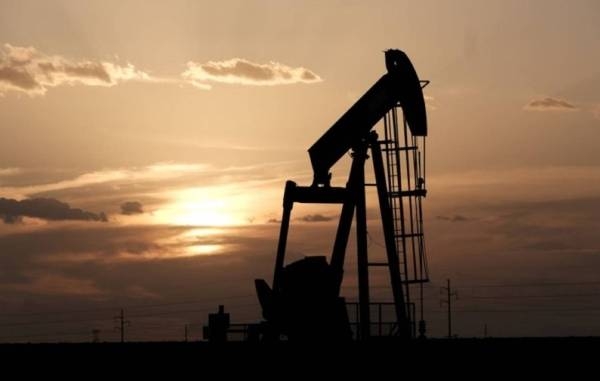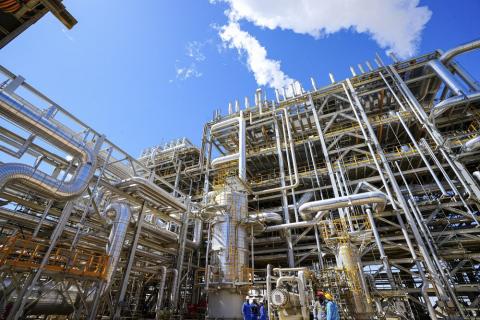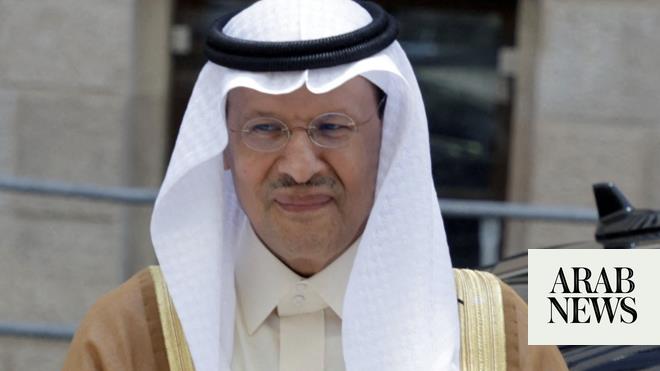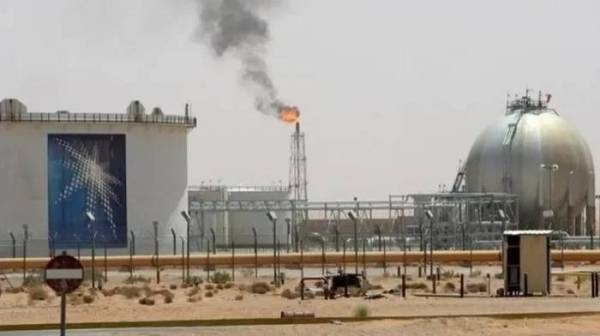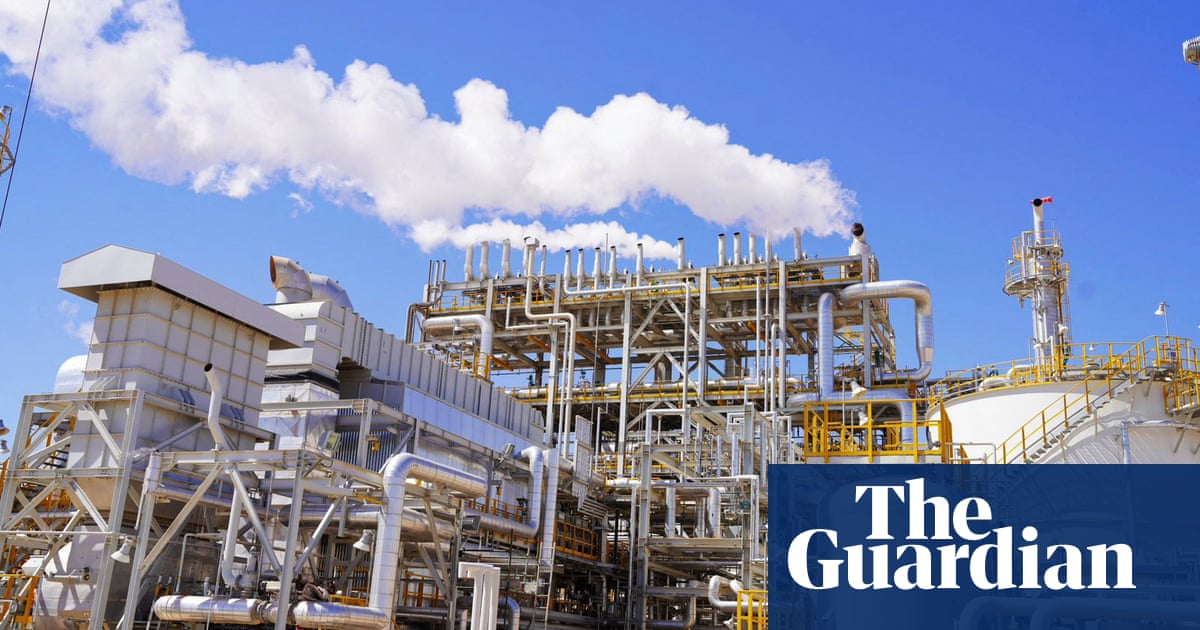
And we are back. So, we might say, looking at Brent futures going above $60 per barrel on Monday and West Texas Intermediate (WTI) up 60 percent since October/November.
This is indeed a remarkable comeback from 10 months ago when WTI briefly turned negative on that fatal day in April. What ensued was the worst demand destruction in the history of the commodity: A 30 percent demand decline.
By the end of 2020, oil demand was down by 7.2 million barrels per day (bpd) for the year as demand was expected to grow again. East of Suez, things went smoothly for a while and China’s oil demand this month surpassed pre-pandemic levels.
The most recent recovery in demand can be attributed to the demand for freight and chemicals for packaging as online purchases soared due to lockdowns and restrictions, colder than expected temperatures in the US, and Asia boosting the demand for heating oil.
These demand developments would never have been sufficient if it were not for the radical supply cuts by OPEC+, a consortium of the 13 OPEC nations and their 10 allies led by Russia. In May, they cut 9.7 million bpd, which was tapered down to around 7 million bpd by March of this year. Saudi Arabia’s unilateral and voluntary cut of 1 million bpd for the months of February and March contributed significantly to the buoyant market sentiment.
These cuts helped markets rebalance. Since May, the Organization for Economic Cooperation and Development (OECD) stocks grew by 300 million barrels, but they are still significantly above the five-year average, which is the metric by which OPEC+ assesses the health of the oil market. For this year, the International Energy Agency (IEA) also forecasts demand to be 3.4 million bpd lower than in 2019.
So far, so good. It will be important for inventories and prices to continue on the current trajectory for the demand and supply to move in the right direction. The going wisdom was that east of Suez economies were recovering and that the rollout of coronavirus disease (COVID-19) vaccines would help demand west of Suez. However, we are not quite out of the woods yet: China and Japan have seen incidents of local outbreaks and Europe and the Americas are haunted by highly infectious variants of the virus.
On the supply side, the production regime of OPEC+ has kept a lid on oversupply. However, Libya, Iran, and Venezuela are exempt from the production cuts. The Libyan peace process, as welcome as it is, poses a supply risk. Furthermore, a higher oil price might serve as encouragement for US shale producers, a prospect that does not represent too great a danger at this point.
The rising oil price is good for the industry and good for GCC economies, whose budgets still depend on oil revenues. In that sense, everybody should thank Saudi Arabia for the unilateral one-time cut it announced last month – for, without it, the global situation would not be where it is right now.
Cornelia Meyer is a Ph.D.-level economist with 30 years of experience in investment banking and industry. She is chairperson and CEO of business consultancy Meyer Resources. Twitter: @MeyerResources
Disclaimer: Views expressed by writers in this section are their own and do not necessarily reflect Arab News" point-of-view




